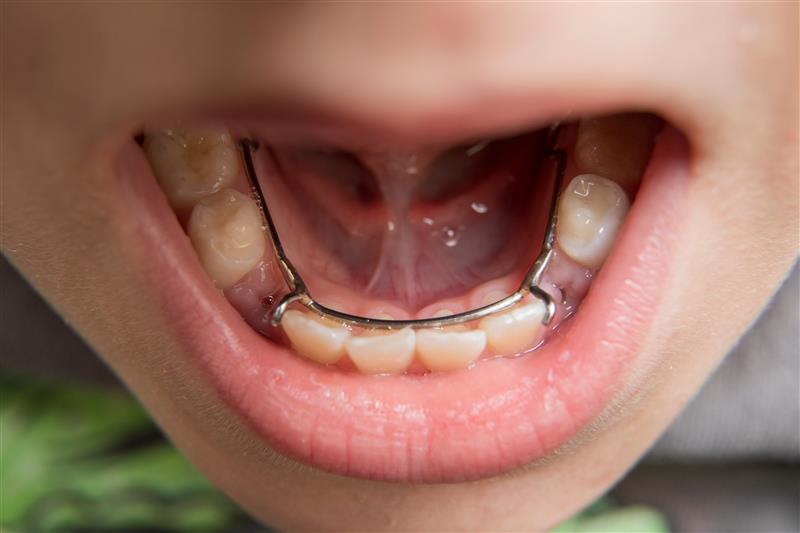Space maintainers play a key role in pediatric dentistry. When a child loses a baby tooth early, a space maintainer helps keep the gap open. This device ensures that the adult tooth has enough room to grow in the right place. As a result, space maintainers help prevent future dental problems. In this blog, you will learn what space maintainers are, why they are important, and how to care for them. We will also discuss the types of space maintainers and when to see a dentist. This information is based on trusted sources like the American Dental Association and the CDC.
What Are Space Maintainers?
Space maintainers are small dental devices. Dentists use them to hold open the space left by a lost baby tooth. Because children’s teeth guide adult teeth into place, losing a baby tooth too soon can cause problems. Therefore, space maintainers help prevent teeth from shifting into the empty space. This keeps the mouth healthy and helps adult teeth come in straight.
Why Are Space Maintainers Needed?
When a child loses a baby tooth early, the nearby teeth may move into the empty space. As a result, there may not be enough room for the adult tooth to come in. This can lead to crooked teeth or crowding. In many cases, children’s dental space maintainers help avoid these problems. They are a key part of pediatric dental care. Dentists may suggest a space maintainer if:
Because early action can prevent bigger issues, dentists often recommend space maintainers for children.
Types of Space Maintainers
There are two main types of space maintainers: fixed and removable. Each type has its own benefits. Your dentist will choose the best one for your child.
Fixed Space Maintainers
Removable Space Maintainers
Both types help keep the space open until the adult tooth is ready to come in.
How Are Space Maintainers Placed?
First, the dentist will check your child’s mouth. Next, they may take an impression or mold of the teeth. Then, the space maintainer is made to fit your child’s mouth. Once it is ready, the dentist will place it during a quick visit. Fixed space maintainers are attached to the teeth with dental cement. Removable ones fit like a retainer. The process is simple and does not hurt. However, your child may need a few days to get used to the device.
Caring for Space Maintainers
Proper care is important for space maintainers. Good habits help prevent problems and keep your child’s mouth healthy. Here are some daily care tips:
In addition, certain foods should be avoided. Sticky or hard foods can damage the device. For example, avoid:
Because proper care is key, teach your child how to care for space maintainers every day.
Potential Risks and Complications
Most children do well with space maintainers. However, there are some risks. Sometimes, the device can become loose or break. If this happens, teeth may shift. In rare cases, the gum may get sore or swollen. Food can also get trapped, leading to cavities or gum problems. Therefore, regular dental visits are important. If you notice pain, swelling, or a loose device, call your dentist right away.
When to See a Dentist
Regular check-ups help keep your child’s mouth healthy. See a dentist if you notice any of these signs:
Because early care can prevent bigger problems, do not wait to call your dentist if you have concerns.
In summary, space maintainers are important tools in pediatric dental care. They help guide adult teeth and prevent future dental issues. For more information on children’s dental space maintainers or how to care for space maintainers, always talk to your dentist. Consult a pediatric dentist for personalized advice on space maintainers for your child.
